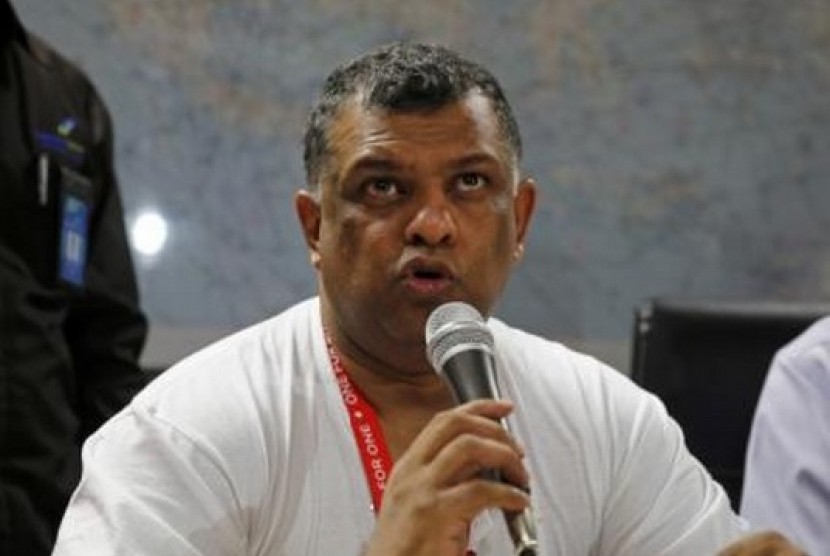REPUBLIKA.CO.ID, SURABAYA -- If AirAsia bounces back from its first fatal disaster, much of the credit will go to its effusive founder Tony Fernandes and a well-oiled communications machine.
From the highly visible compassion shown by Fernandes to details such as changing the airline's bright red logo to a somber gray online, experts say the Malaysia-based budget carrier's initial response to the tragedy is a textbook example of how to communicate in a crisis.
AirAsia Flight 8501 crashed into the Java Sea on Sunday with 162 people on board. More than two dozen bodies have been recovered so far. It was the first deadly air accident for the 13-year-old carrier, which has made air travel affordable for tens of millions of people in fast-growing Southeast Asia.
AirAsia's handling of the disaster has drawn favorable comparisons with the bungled communications by Malaysia Airlines after Flight 370 disappeared March 8. But experts say the situations faced by the two airlines are so different it's unfair to liken them.
For one, it soon became apparent the AirAsia jet had crashed, while the location of the Malaysia Airlines plane has been a mystery since it vanished a short time into its flight from Kuala Lumpur to Beijing. As a bureaucratic, state-owned company, Malaysia Airlines faced constraints that AirAsia didn't and which resulted in its often lumbering and scripted communications.
A fatal crash is typically a make-or-break event for an airline. Irrespective of the cause, the professionalism and authenticity of the airline's response are crucial for its reputation to recover. After nearly a century of commercial aviation, airlines have accumulated a trove of experience and knowledge about how to respond to disasters, though the lessons are not always learned or applied.
"Fernandes sounds authentic and credible," said Caroline Sapriel, managing director of CS&A, which advises companies on crisis management.
"He is looking after the priorities — the families. He is showing a lot of empathy. He is using many channels to put that across."
Since Sunday, Fernandes has been constantly in the spotlight, apologizing for the loss of life. An active Twitter user with nearly a million followers, he quickly took to social media to express shock and sympathy. On television, he has not shied away from answering questions while avoiding speculation about the cause of the crash, which occurred during bad weather.
"I apologize profusely for what they are going through. I am the leader of this company and I have to take responsibility," Fernandes said at a televised news conference.


